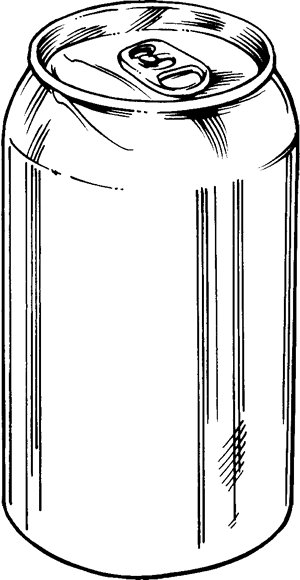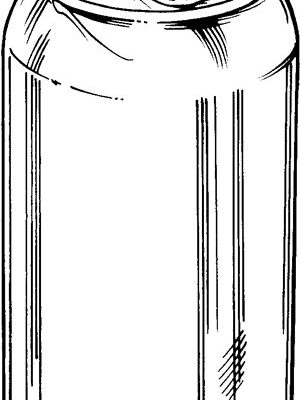
Think of a warranty as a promise from Whirlpool. It’s their way of saying, *”If something breaks under normal use, we’ll fix it or replace it.”* Now, the catch is whether that promise holds up when ownership changes hands. Much like whether a car’s extended roadside assistance stays active when you sell it, this depends on the company’s policies. Let’s dive into how Whirlpool handles warranty transfers and what you or the new fridge owner should expect.
Understanding the Basics of Whirlpool Refrigerator Warranties
Whirlpool warranties usually cover parts and repairs for a set period, often one year from the original purchase date. During this time, if your fridge develops a manufacturing fault, Whirlpool steps in to repair or replace broken parts without charging you—assuming the problem isn’t due to misuse or accidents. That’s a pretty comforting deal.
But here’s the thing: the warranty is tied to the *original purchaser* and the *product’s serial number.* It’s like a concert ticket—you can’t just hand it off to someone else and expect them to get in. So, the official warranty generally doesn’t automatically transfer when you sell the fridge.
Still, companies aren’t always rigid. Sometimes, warranties can be transferred, depending on the terms. Whirlpool’s policy tends to tie the warranty to the original buyer, but there are exceptions. Let me explain why that matters and what you need to know about the fine print.
Does Whirlpool Allow Warranty Transfers?
Here’s the heart of the matter: Whirlpool’s warranties are *usually* non-transferable. This means if you bought the fridge new and then sold it, the new owner might not be able to use the warranty benefits. It’s like buying a prepaid phone plan—you can’t just hand the SIM card to someone else and expect their phone to get coverage.
That said, there might be some leeway. If the new owner can provide proof of purchase, such as the original receipt or invoice, Whirlpool’s customer service may assist them with repairs. However, this often falls outside the warranty terms and is handled case-by-case.
Pro tip: Always check the warranty booklet or Whirlpool’s official website for details about warranty transfers before buying or selling a refrigerator.
In practical terms, this means *if you’re buying a used Whirlpool fridge,* you should assume the warranty is expired or non-transferable. That doesn’t mean the fridge won’t work properly—it just means repairs might fall on your shoulders.
What Happens When the Warranty Doesn’t Transfer?
If the new owner can’t use the warranty, what’s next? Well, they’re essentially buying a fridge with no warranty protection. This can be a risk, especially if the appliance is older or has had issues.
Here’s what you can expect in this situation:
- Out-of-pocket repairs: Any fixing or parts replacement will cost the new owner directly.
- DIY troubleshooting: The new owner might need to do some basic troubleshooting, like resetting the fridge or checking the power supply before calling for repairs.
- Service calls and maintenance: Since warranty coverage isn’t available, professional repairs can add up quickly.
If you’re selling your fridge, it’s a good idea to be upfront about the warranty status. This transparency helps avoid surprises and builds trust with the buyer.
How to Transfer Warranty If Whirlpool Allows It
In some cases, Whirlpool or third-party extended warranties might allow transfers. Here’s a step-by-step look at what that process generally involves:
Step 1: Check the Warranty Terms
Look at the documentation that came with your fridge. Is there a mention of transferring the warranty? Sometimes, extended warranties come with transfer clauses—regular warranties rarely do.
Step 2: Gather Proof of Purchase
You’ll usually need the original receipt or invoice, along with the fridge model and serial number. This proof helps Whirlpool verify the warranty status.
Step 3: Contact Whirlpool Customer Service
Reach out to them directly—either via phone or their website. Explain that you want to transfer the warranty to a new owner and see what’s possible.
Step 4: Complete Any Required Forms
If Whirlpool allows the transfer, they may ask you to fill out a form or provide additional documentation.
Step 5: Confirm the Transfer
Once processed, the new owner should receive confirmation from Whirlpool, and the warranty coverage continues as if nothing changed.
Again, this is not always guaranteed, but it’s worth trying if you want the new owner to have peace of mind.
What About Extended Warranties and Service Plans?
Extended warranties or service plans are a different game. These are often sold separately from the fridge itself and might have their own rules about transferability. Sometimes, third-party companies that provide extended coverage allow you to transfer plans to a new owner—especially if you notify them promptly.
Here’s why that matters:
- Extended coverage beyond the manufacturer’s warranty. You might have longer protection than the usual one-year term.
- Transfer options could add value. If you’re selling your fridge along with an extended service contract, transferring it can make the deal more attractive.
- Clear terms are crucial. Always read the fine print of these plans because some explicitly forbid transfers.
If you’re interested in this kind of protection, it’s smart to ask the warranty provider about transfer rules before buying or selling.
How to Protect Yourself When Buying a Used Whirlpool Refrigerator
If you’re eyeing a secondhand Whirlpool fridge, here are some quick tips to avoid headaches:
- Ask about the warranty status. Find out if the original warranty is still active—or if there’s an extended plan in place.
- Request the original purchase receipt. This helps verify the warranty warranty period and shows proof of ownership.
- Inspect the fridge thoroughly. Look for signs of wear, ice buildup, or unusual noises that might hint at future problems.
- Consider budgeting for potential repairs. Without a transferable warranty, you might be footing repair bills sooner than you want.
By staying informed, you can make a smart decision that won’t leave you stuck with an unexpected repair.
Why Warranty Transferability Matters
You might wonder, “Why does it even matter if warranties transfer?” Here’s the thing: warranties aren’t just about free repairs. They represent a manufacturer’s confidence in their product. When a warranty transfers, it reassures the new owner that the appliance is reliable and backed by support.
On the flip side, no warranty or a non-transferable warranty shifts all risk to the buyer. It’s like buying a car without a history report—you can get a great deal, but there’s a gamble involved.
Whirlpool refrigerators come with solid build quality, but even the best machines can run into glitches. Having warranty coverage or knowing whether it transfers can help you avoid frustration and costly fixes down the line.
Wrapping It Up: What You Need To Know About Whirlpool Warranty Transfers
So, can you transfer warranty on a Whirlpool refrigerator to a new owner? The short answer is: usually, no. Whirlpool warranties are typically tied to the original purchaser and don’t transfer automatically when you sell the fridge.
That said, there are exceptions—especially with extended warranties or if Whirlpool customer service makes a case-by-case exception. If you’re selling or buying a used Whirlpool fridge, it’s smart to check the warranty details upfront. Get the original receipt, understand what’s covered, and be realistic about potential repair costs.
At the end of the day, warranties are like that safety net under a tightrope. If you don’t have one, you just have to be extra careful walking the line. Knowing how Whirlpool handles warranty transfers can help you keep your kitchen—and your budget—in balance.
